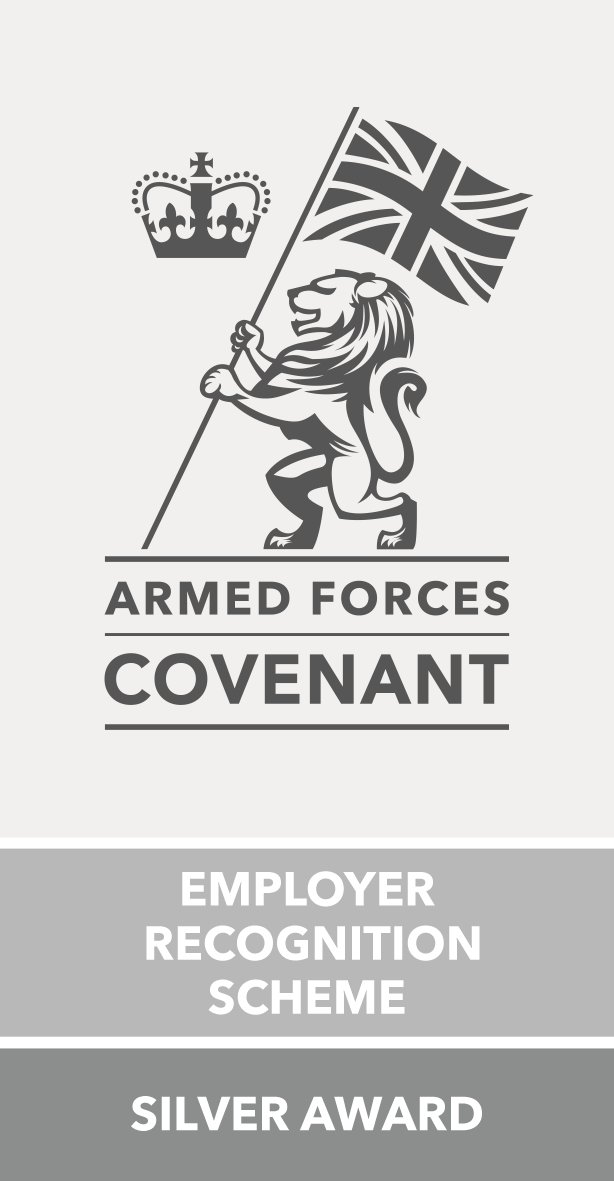Compression
To reduce and maintain lymphatic swelling a compression garment may need to be worn. Compression encourages drainage and helps move fluid to a working area of lymph nodes. There are many different types, styles and colours and you should always be assessed by a lymphoedema practitioner for your garments to ensure they are fitting correctly and it is the correct garment for you.
The garment will depend on the area and level of swelling. Your lymphoedema practitioner will give you information about you garment, how to wear and wash this and how to get multiple so that you can wear and wash your garments regularly.
The garments can be hypo-allergenic for patients with skin sensitivities.
Types of garments can be: -
- Stockings for leg swelling
- Arm sleeves for arm swelling
- Bras for breast and trunk
- Head and neck support
- Garments can include fingers and toes
- Wraps which are formed through Velcro strapping, these can be good for patients that may struggle to pull up their garments.




Your lymphoedema practitioner can also help show you ways to make it easier to apply and remove your garments which will help make daily life and living with lymphoedema feel easier to manage.
In some circumstances, the use of compression bandaging can be provided and may be advised. This will be advised by the lymphoedema team.
There may be times when compression garments are also not advised such as if the skin is broken and leaking or if Cellulitis has occurred.
If you have already been fitted with a garment and this is feeling too tight, causing pain and loss of sensation you must remove the garment straight away and seek medical advice from the lymphoedema team.

















